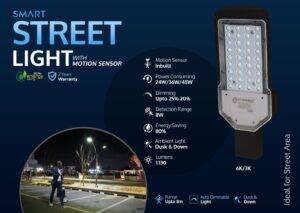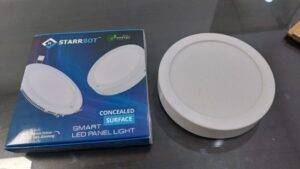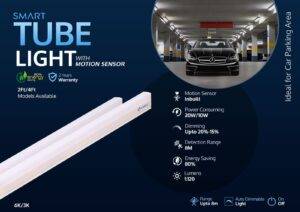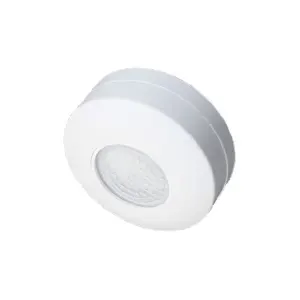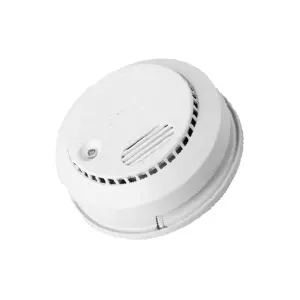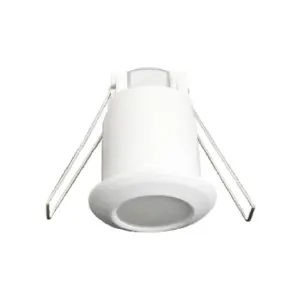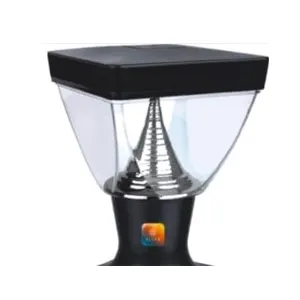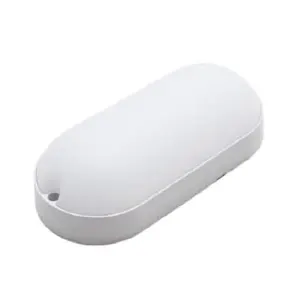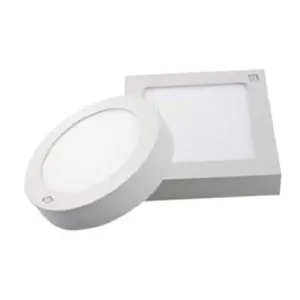In the modern quest for home security, the importance of reliable and efficient detection systems cannot be overstated. Among the wide range of options available to safeguard your personal space, microwave motion sensors stand out for their cutting-edge technology and precision. Starrbot Solutions is at the forefront of this innovative security approach, offering a sophisticated range of microwave motion sensors that seamlessly integrate into your home’s security system. Utilizing advanced electromagnetic radiation, Starrbot's microwave sensors emit waves that reflect off objects, allowing for precise detection of any intrusion. These devices are engineered to analyze the echo time of these waves, accurately calculating the distance of stationary and moving objects within their detection zone.
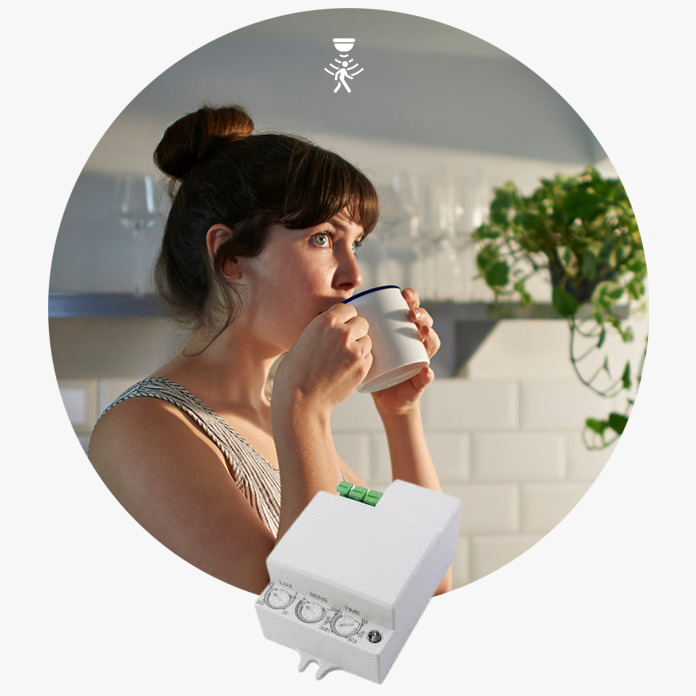
OUR FEATURES
Long-Range Detection - Microwave motion sensors offer an impressive detection range, spanning from 25mm to 45000mm or more. The effectiveness of this range depends on factors such as object size, antenna design, and the availability of microwave signals. This extensive reach enhances their utility across various applications.
Environmental Reliability - Microwave sensors are designed to operate in extreme environmental conditions, ranging from -55°C to 125°C. Their resilience allows them to function effectively in dirty, dusty, polluted, and even gusty and poisonous areas, ensuring consistent performance in challenging settings.
Compact Size and Cost-Effective - Advancements in microwave circuits have enabled the reduction in the size and cost of the ultimate sensor package. Typically, this package includes the transmission source, a transceiver or signal processing receiver, and the focusing antenna. This evolution reflects the ongoing progress in technology, making microwave sensors more compact, affordable, and applicable to a broader range of uses.
OUR SPECIFICATIONS
- Microwave sensors are fascinating tools that use the principles of electromagnetic radiation to detect movement and changes in an environment. These sensors operate based on a few key properties of electromagnetic waves, such as their wavelength or frequency, their strength or intensity, and their polarization. Let's break this down a bit to understand how they work and how Starrbot's lineup fits into this picture.
- First off, the frequency of a wave tells us how often the wave's amplitude changes over a certain period. This is directly linked to the speed of light and the wave's wavelength, which is basically the distance between two peaks of the wave. Starrbot's Microwave Sensor S-29, S-30, and S-31 models are designed to capitalize on this principle, allowing them to be finely tuned for specific applications, whether it's for security systems or automation in smart homes.
- Then, there's intensity, which measures how "strong" the wave is, or more technically, its amplitude. This gives us an idea of how much energy the wave carries. It's crucial for sensors like those from Starrbot, as it affects how sensitive they are to movement or changes in their surroundings.
- Lastly, polarization refers to the orientation of the wave's electric field. It can be linear or circular, and this characteristic makes the wave sensitive to the orientation of objects it encounters. This sensitivity to object orientation allows Starrbot sensors to provide more detailed information about the detected object's surface morphology, making them incredibly useful in a variety of settings.
- Starrbot's Microwave Sensor S-29, S-30, and S-31 models harness these electromagnetic properties to offer precise, reliable detection capabilities. Whether it's monitoring a room for security purposes or automating lighting based on movement, these sensors provide an intelligent solution by being attuned to the nuanced changes in their environment.
Let's talk about what we can build together
A phone call from one of our business consultants.
A cost estimate for your project.
An in-person meeting if necessary.



